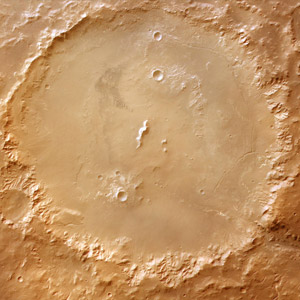 ENIG Research Areas
ENIG Research Areas
The need for In-Situ Resource Utilization (ISRU) has been recognized as an important concept for reducing the initial mass in low Earth orbit (IMLEO) of any Mars mission, perhaps by as much as 10 fold.
Among the established options for In-Situ Propellant Production (ISPP) cycles, there is a clear division: (1) Those that require input hydrogen — either as landed mass or from Mars ice; and (2) those that do not. Among the cycles using input hydrogen, there is a clear distinction between those that require recycled water electrolysis versus those that do not use any water electrolysis. Suffice it to say, this waterless class is virtually a null set, having never been studied in ISPP systems, and so ENIG’s research focus is on a “dry methanation” process that makes no intermediate parasitic water, resulting in a marked improvement in the energy cost per unit mass of the methane/LOX bipropellant. ENIG couples that to a novel extraction and enrichment method for Martian CO2, which offers a straightforward means of collecting the minor Martian constituent gases for other uses. We expect to obtain carbon dioxide collection rates of 0.5 to 2 kg CO2/hr and to process that mass flow fully into an equivalent mass (12/11) of methane/LOX bipropellant. Concurrent plasma enhanced cracking of CO2 to CO and O will provide the additional oxidizer mass necessary for the system.
As ISRU can be performed wherever resources may exist, both natural and conveyed, ENIG is developing an optimum system, which can operate in a variety of environments. Also, because ISRU systems and operations have never been demonstrated before in missions, it is important that ENIG’s ISRU concepts and technologies be evaluated as much as possible under relevant conditions (e.g., gravity, environment, and vacuum), as well as being anchored through modeling to regolith/soil and environmental conditions.
At ENIG, the Plasma Sciences Group is working to determine the relevant mass and energy flows with detailed carbon dioxide and hydrogen chemistry models coupled to a fully self-consistent CFD solver and multi-species plasma transport model. This will allow the company to accomplish these evaluation objectives and to specify the device in its entirety.
NOTE: This research was partly brought about through the strong encouragement of Daniel Newman, then-Program Manager in DARPA’s Tactical Technologies Office.
